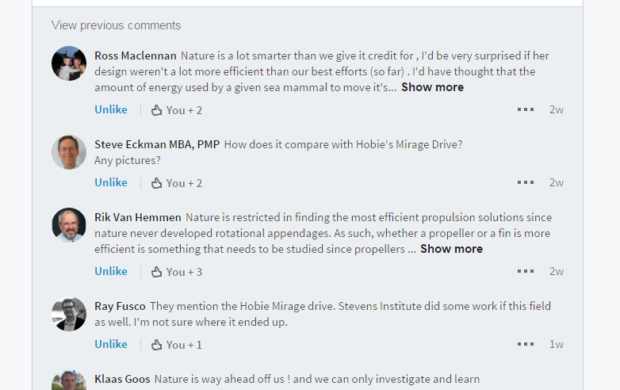The COVID-19 pandemic and subsequent response ignited a global race to prevent sickness on a scale not seen for over a century. This effort raised questions and challenges regarding how well, or if, health systems around the world are designed to be able to respond effectively.
The second conversation in the “Resilient Health System of the Future–the case for community health” series focuses on an important question: How do we design health systems that are in pursuit of health, not just treatment and cure of disease?
Most people spend the majority of their lives managing their day-to-day physical, mental, social, and spiritual wellbeing outside of a structured health system, yet there is limited funding or support to do so. By the time an individual needs to enter the health system, they are no longer in a state of health, rather, a state of disease requiring treatment. Treating disease can often be more expensive and at times, invasive than taking more preventative measures earlier
We started exploring this question with three experts in their area of the health system:

The discussion followed the structure of the Three Horizons Framework by Bill Sharpe to first explore Horizon 1: what is prevalent in the system today, next Horizon 3: what is the vision for the future, and finally Horizon 2: what are the innovations or disruptions that will help us move from Horizon 1 into Horizon 3.
Our experts shared key issues and opportunities for the future of health systems:
- Most health systems are currently designed to generate wealth vs. support wellbeing
- Many health systems are focused on keeping people alive rather than helping them thrive and it shows in the way success is measured. The public health sector is driven by metrics such as the number of beds available to patients. The private health sector is driven by revenue from length of stay and number of beds filled.
- Many health systems are focused on keeping people alive rather than helping them thrive and it shows in the way success is measured. The public health sector is driven by metrics such as the number of beds available to patients. The private health sector is driven by revenue from length of stay and number of beds filled.
- Health systems are disjointed between specialties and providers with little opportunity for continuity for the patient
- Primary care providers refer patients to specialists who focus only on their health specialty, often creating siloed views of the patient’s needs. The medical community can be hierarchical and, in some cases, closed minded and evidence driven. This can limit or block innovation.
- Primary care providers refer patients to specialists who focus only on their health specialty, often creating siloed views of the patient’s needs. The medical community can be hierarchical and, in some cases, closed minded and evidence driven. This can limit or block innovation.
- Health system data is retrospective and not structured for greater usability
- Decisions about health systems and the needs of the population are based on retrospective data vs. future needs or emerging trends. Where there is public health data available, it is not structured in a way to easily access and analyze against other data sets for more predictive and proactive responses.
- Decisions about health systems and the needs of the population are based on retrospective data vs. future needs or emerging trends. Where there is public health data available, it is not structured in a way to easily access and analyze against other data sets for more predictive and proactive responses.
- Technology and new products are increasing longevity and access to care
- Continued advances in treatments for diseases like tuberculosis, HIV and cancer are enabling patients to better manage their condition. Technology enabled a rapid response time to develop COVID-19 vaccines in record time. There has been an increased willingness to adopt telehealth services as an alternative to access health services.
- Continued advances in treatments for diseases like tuberculosis, HIV and cancer are enabling patients to better manage their condition. Technology enabled a rapid response time to develop COVID-19 vaccines in record time. There has been an increased willingness to adopt telehealth services as an alternative to access health services.
- Heightened recognition for the necessary integration of mind, body and soul in the overall wellness of a person
- Health professionals, governments and individuals have recognized through the pandemic how important treatment for the whole self is and the impact on the economy when the whole self is not supported.
Increased collaboration across health professionals looking at the whole person and their overall health needs paired with future-focused data and technological advances may be keys to shifting how health is valued and supported. By continuing the dialogue, together we can identify the greatest needs and areas of opportunity to design and live into a resilient health system of the future.
How do you value health and the services to maintain them? Join the discussion.
Check out the conversation page on the Futures Centre for a more detailed look at the notes from this discussion.
Explore the Signals
- Creating Value by Bringing Hospital Care Home
- Inside the doctor’s office of the future
- Health Insurance For Mental Health Is Terrible. This $4.6 Billion Startup Is Shaking Up The Status Quo.
- How to stop the next pandemic before it starts
Recommended Reads:
- Wellbeing Economy Alliance’s Policy Design Guide
- Community Health Workers: The Unsung Heroes in Africa’s COVID-19 response
- Contact Tracing and the COVID-19 Response in Africa: Best Practices, Key Challenges, and Lessons Learned from Nigeria, Rwanda, South Africa, and Uganda
- Energize the Chain
- One Health
- The Human Flourishing Program
- Western Cape on Wellness
Check out the previous conversation

















Join discussion